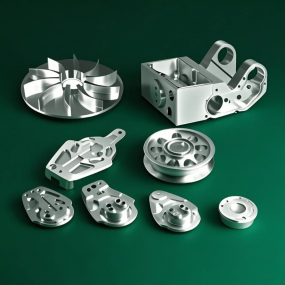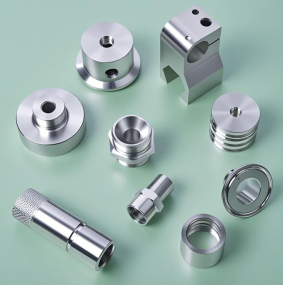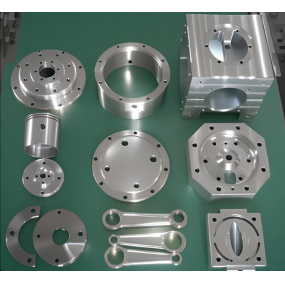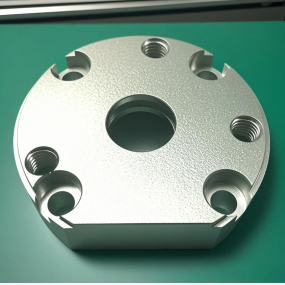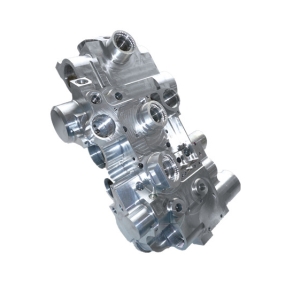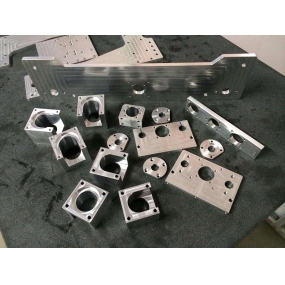In the process of precision stamping parts processing, especially punching, the phenomenon of punch cracking is often encountered. This kind of problem is often directly replaced with a new punch, rather than fundamentally dealing with the problem of punch cracking. This often increases costs. How can we reduce punch cracking from the perspective of saving?
1. The generated waste will block the lower mold.
Treatment plan: Correct the blanking hole from scratch, so that the waste can fall smoothly.
2. The fixed part (splint) and guide part of the punch needle
Treatment plan: repair or cut the block from the headline to make the punching needle go up and down smoothly (return plate) offset
3. The closing height of the stamping die is set too low, resulting in too long the part where the punching needle enters the lower die
Solution: Adjust the closing height of the punch to make the amount of the punch needle entering the lower die appropriate. 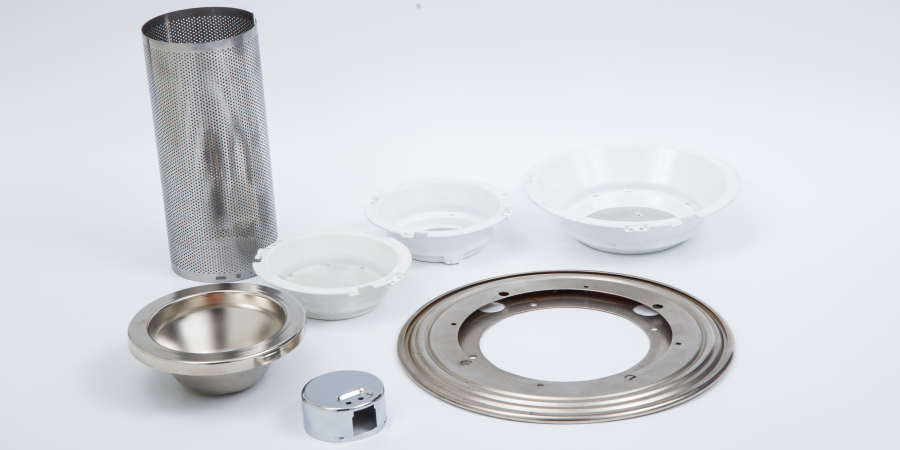
4. The planning of the return plate is unreasonable, resulting in uneven force on the punching needle.
Treatment plan: plan the gap between the return plate and the punching needle from scratch.
5. The design of the punching edge is too short, causing a collision with the withdrawal plate when machining precision stamping parts.
Solution: Select the appropriate punching needle from scratch, or increase the length of the knife edge.
6. The appearance of the punching needle shows strains and scratches, and the punching force is uneven when the material is returned.
Solution: Replace the punching needle with a new one from scratch.
This article is from EMAR Mold Co., Ltd. For more EMAR related information, please click: www.sjt-ic.com!


 Spanish
Spanish Arabic
Arabic French
French Portuguese
Portuguese Belarusian
Belarusian Japanese
Japanese Russian
Russian Malay
Malay Icelandic
Icelandic Bulgarian
Bulgarian Azerbaijani
Azerbaijani Estonian
Estonian Irish
Irish Polish
Polish Persian
Persian Boolean
Boolean Danish
Danish German
German Filipino
Filipino Finnish
Finnish Korean
Korean Dutch
Dutch Galician
Galician Catalan
Catalan Czech
Czech Croatian
Croatian Latin
Latin Latvian
Latvian Romanian
Romanian Maltese
Maltese Macedonian
Macedonian Norwegian
Norwegian Swedish
Swedish Serbian
Serbian Slovak
Slovak Slovenian
Slovenian Swahili
Swahili Thai
Thai Turkish
Turkish Welsh
Welsh Urdu
Urdu Ukrainian
Ukrainian Greek
Greek Hungarian
Hungarian Italian
Italian Yiddish
Yiddish Indonesian
Indonesian Vietnamese
Vietnamese Haitian Creole
Haitian Creole Spanish Basque
Spanish Basque

